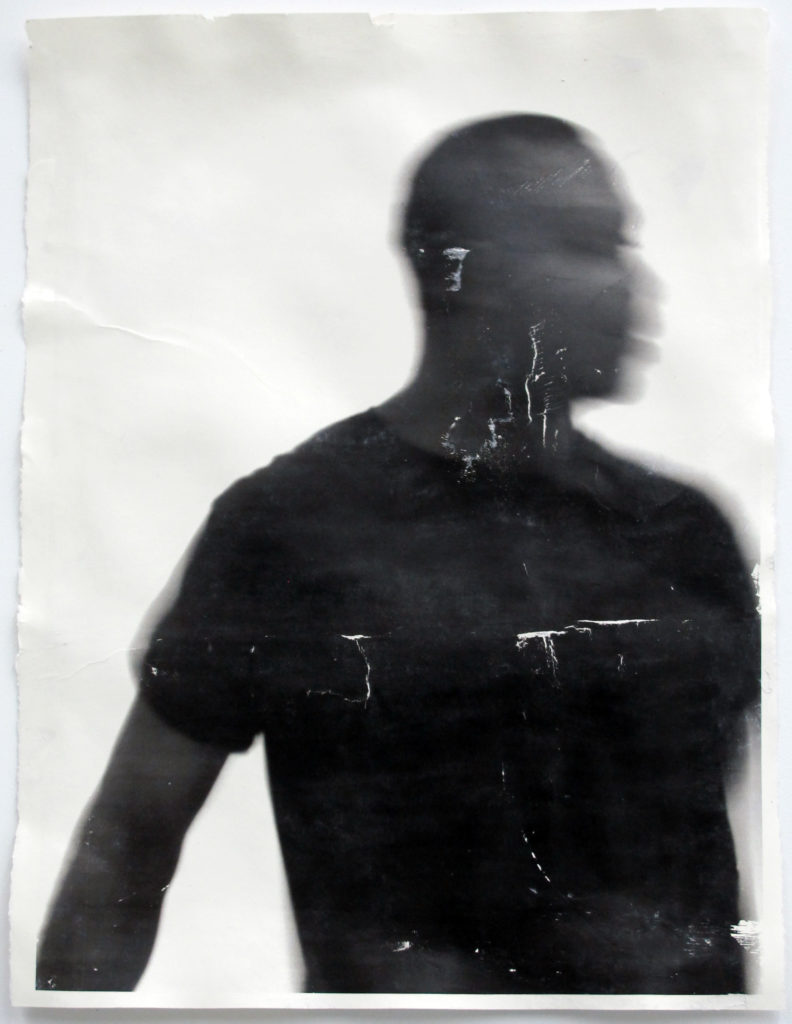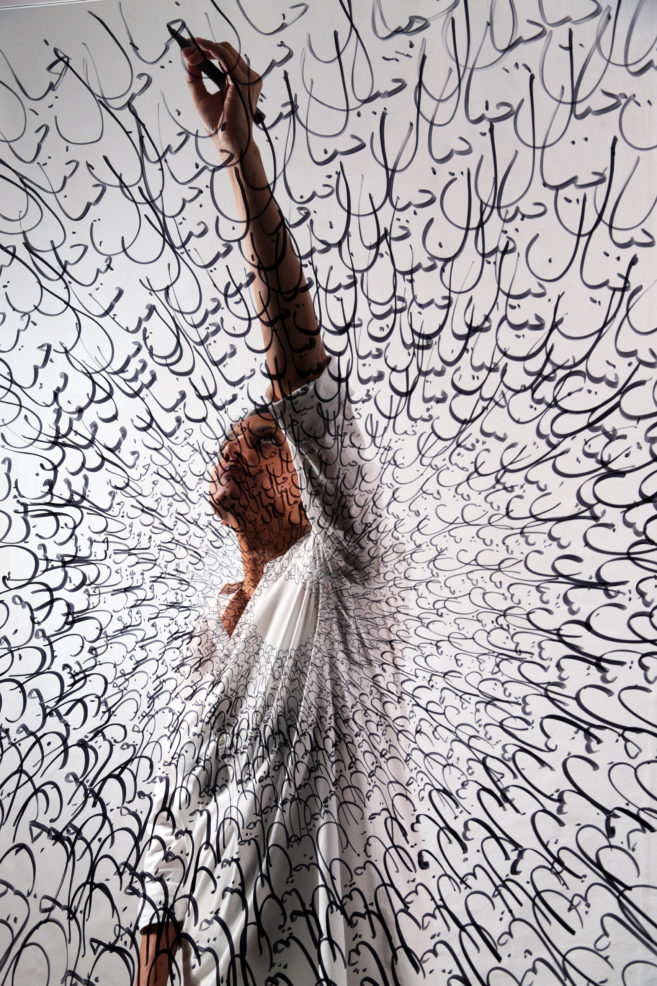Working as part of a social impact team, I want to support organizations, initiatives and programs that are helping to build a more inclusive tomorrow. Together, we aim to contribute to changes that affect the very ways systems work. This includes changes to the ways art systems work too.
If we understand pathways to arts leadership as a system, a theory of change could proceed as follows: if we can help facilitate more opportunities for people who have, historically, been less represented, then we can help institutions, we can help communities—and we can help, ultimately, our country—tell stories that are more accurate, more equitable and more rich.
I strongly believe that art, when it disrupts or complicates pervasive narratives, can be part of building a more inclusive and more just society. Art can be a way of recording the past, holding a mirror to the present and imagining (or potentially correcting) the future. If we allow ourselves to sit with art—especially art that brings us to a place of discomfort—we can fulfill art’s profound potential as a disruptor. Collectors, our own corporate art collection included, can help in this effort by seeking out work that presents many different perspectives.
When our team announced the purchase of four works from Sandra Brewster’s Blur series at our 2018 Black History Month launch, several members of the audience visibly and audibly celebrated. An artist whose work represented their stories was going to be part of a collection representing Canada’s stories. Supporting this kind of collecting work is incredibly powerful and, more than that, it’s necessary if we want to build an inclusive tomorrow.
Art in our public spaces also has a particular kind of power: it can signal an unexpectedly human invitation and welcome or offer a point of connection. And these connections continue to unfold: our investments in collecting art, like our investments in galleries and museums, address wider systems. We are collecting and building a canon of Canadian art at TD and through that we are impacting the perspective of gallerists we speak with about whom they represent, and whom they don’t.
Likewise, when we invest in editor-at-large roles or curator-in-residence roles at major arts institutions, we are supporting impact not only in that institution, but also in the larger arts ecosystem. We are picturing decision-making tables with more seats, and bringing voices that have been on the edges into the centre. With our partners in the community, we are turning that vision into real change and impact.

 Sandra Brewster, Blur 12 (3), 2016/17. Courtesy Georgia Scherman Projects. TD Bank Corporate Art Collection.
Sandra Brewster, Blur 12 (3), 2016/17. Courtesy Georgia Scherman Projects. TD Bank Corporate Art Collection.





